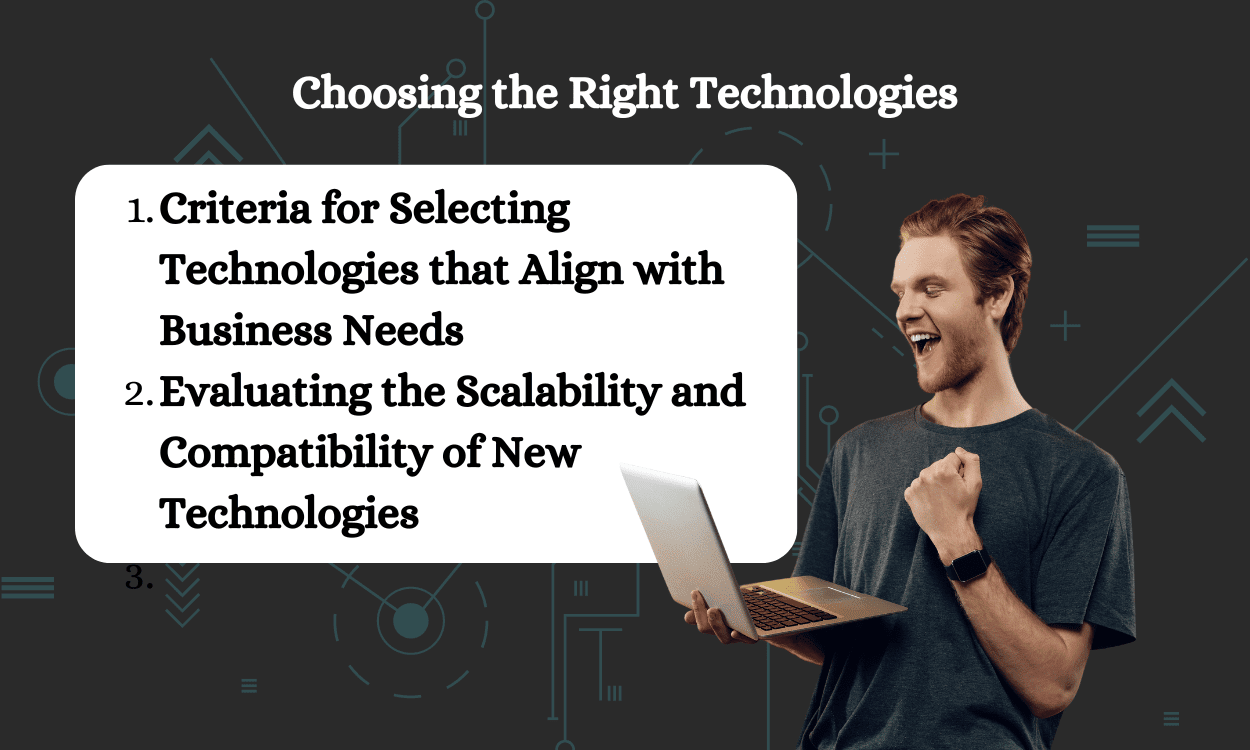Maximizing ROI Through Strategic IT Implementation
Imagine weaving a digital tapestry so intricate and robust that it doesn’t just support your business but propels it to new heights. This is the power of strategic IT implementation. It’s more than just installing software or upgrading hardware. It’s about aligning technology with your business goals to unlock unprecedented growth and efficiency. This article serves as your guide, equipping you with the knowledge and strategies to maximize your ROI through strategic IT implementation.


Understanding IT Implementation
Definition and Scope of IT Implementation
IT implementation is more than just installing new software or hardware. It’s a complex process involving integrating technology solutions into an organization’s infrastructure and workflows. This process ensures the technology effectively supports your business objectives.
IT implementation encompasses a wide range of activities. These can include:
- Planning and Design: Defining the scope of the project, outlining system requirements, and creating a detailed implementation roadmap.
- Configuration and Customization: Setting up the technology according to specific business needs, including software settings, user permissions, and data migration.
- Testing and Integration: This phase ensures seamless compatibility with existing systems by rigorously testing the technology.
- Deployment and Go-Live: The actual rollout of the technology, including user training and switching from old systems to new ones.
- Post-Implementation Support: Providing ongoing maintenance, troubleshooting, and user support to ensure long-term success.
Key Components and Stages of the Process
A typical IT implementation process follows a structured approach to minimize risks and maximize the chances of success. This approach involves distinct stages:
- Initiation: This stage defines the project scope, objectives, and stakeholders. It involves conducting a feasibility study to assess the project’s viability and creating a high-level plan.
- Planning: In this stage, you develop a detailed project plan outlining timelines, resources, communication strategies, and risk mitigation plans.
- Execution: The execution phase involves installing, configuring, and customizing the technology based on the defined requirements.
- Testing and Quality Assurance: This stage validates that the implemented solution meets the specified requirements and performs as expected.
- Deployment: This stage includes deploying the technology to the production environment, transitioning users from old systems, and providing initial support.
- Closure: This stage formally closes the project. It includes documenting lessons learned, handing the solution to the operations team, and conducting a post-implementation review.
Common Challenges Faced During IT Implementation
IT implementation is often fraught with challenges that can hinder its success. These challenges may lead to cost overruns, delays, or project failure. Organizations need to be aware of these common obstacles:
- Resistance to Change: Employees may resist adopting new technologies or processes, decreasing productivity and morale. Effective change management strategies are essential to address this resistance.
- Lack of Communication: Poor communication among stakeholders can lead to misunderstandings, delays, and missed deadlines. Organizations can establish clear communication channels to ensure everyone is informed.
- Inadequate Planning: Insufficient planning can lead to unrealistic timelines, budget overruns, and scope creep. A well-defined plan helps avoid these pitfalls.
- Integration Issues: Compatibility problems between new and existing systems can disrupt operations and lead to data loss. You must identify potential conflicts during the planning phase.
- Technical Expertise: A lack of in-house expertise may necessitate outsourcing certain aspects of the implementation, which introduces its own challenges. Organizations need to assess their internal capabilities carefully.

Choosing the Right Technologies
You’ve carefully crafted your IT strategy. It’s time to select the right technologies, a crucial step in maximizing your ROI. The wrong technology can lead to wasted resources and missed opportunities.
Criteria for Selecting Technologies that Align with Business Needs
Begin by identifying your specific business requirements. What problems are you trying to solve? What goals do you aim to achieve with these new technologies?
Consider these criteria when making your decision:
- Relevance to Business Objectives: The chosen technology should address your business needs directly and help you achieve your strategic goals. Don’t invest in technology just because it’s trendy. Make sure it aligns with your specific objectives.
- Ease of Use and Integration: The technology should seamlessly integrate with your existing systems and be user-friendly for your team. A complex system can lead to decreased productivity and require extensive training.
- Vendor Reputation and Support: Thoroughly research potential vendors. Check their track record, customer reviews, and the level of support they provide.
- Security Features: Protecting your sensitive data is paramount. Evaluate the technology’s security features to ensure it meets your organization’s security standards.
- Total Cost of Ownership: Look beyond the initial purchase price—factor in implementation, maintenance, and potential upgrade costs over the technology’s lifespan.
Evaluating the Scalability and Compatibility of New Technologies
In today’s dynamic business landscape, scalability and compatibility are non-negotiable. Your chosen technology should adapt to your future needs.
- Scalability: Can the technology handle increasing workloads and accommodate business growth? Choosing a solution that can scale with your organization is crucial to avoid future disruptions and additional costs.
- Compatibility: Will the new technology seamlessly integrate with your existing IT infrastructure? Compatibility issues can lead to integration challenges, data silos, and hinder operational efficiency.
- Future-Proofing: Consider the long-term implications of your technology choices. Is the technology likely to remain relevant and supported in the coming years? Opting for solutions with a clear technology roadmap can prevent premature obsolescence and protect your IT investments.
By carefully evaluating these factors, you can make informed decisions that align with your overall business goals and set the stage for a successful IT implementation. Remember that choosing the right technology is not a one-size-fits-all endeavor. It demands a thorough understanding of your needs and a forward-thinking approach to ensure long-term success.

Measuring and Maximizing ROI
You carefully track expenses and analyze profits in the business world. Every investment must demonstrate its value. Well, IT implementations are no different. You have to measure their success and continually optimize them for the best results. But how do you achieve this?
Key Performance Indicators (KPIs) for IT Implementation
KPIs are quantifiable metrics that act as your compass, guiding you to understand the effectiveness of your IT implementations. These KPIs provide insights into various aspects of your technology initiatives.
Let’s explore some vital KPIs for IT implementation:
- Return on Investment (ROI): This KPI is the cornerstone of measuring the financial success of your IT projects. It calculates the profitability of an investment relative to its cost.
- Net Present Value (NPV): NPV factors in the time value of money, calculating the present value of future cash flows generated by your IT investment minus the initial cost.
- Project Completion Rate: A high project completion rate within the allocated timeframe and budget signifies efficient IT implementation processes.
- User Adoption Rate: This KPI gauges the percentage of employees effectively using the implemented technology. A high adoption rate suggests the solution’s usefulness and acceptance within the organization.
- System Uptime/Downtime: Measuring the percentage of time your IT systems are operational is crucial for business continuity. Aim for high uptime and minimize downtime to ensure seamless operations.
- Customer Satisfaction: If your IT implementation impacts customer-facing processes, track customer satisfaction scores to assess its impact on their experience.
- Defect Density: This KPI measures the number of defects or bugs per unit of software. A lower defect density indicates higher-quality software development and implementation.
Continuous Improvement and Optimization Strategies
Measuring ROI is not a one-time task. It’s an ongoing process of continuous improvement. The technological landscape constantly evolves, and your strategies must adapt to stay ahead.
Let’s explore some strategies for continuous improvement and optimization:
- Regularly Review KPIs: Don’t just gather data; analyze it! Regularly review your chosen KPIs to understand what’s working, what’s not, and where you can improve.
- Gather User Feedback: Your employees are on the front lines of using the implemented technologies. Encourage their feedback to identify areas for enhancement and ensure the technology aligns with their needs.
- Implement Automation: Embrace automation tools and technologies to streamline processes, reduce manual errors, and improve efficiency within your IT operations.
- Stay Updated: The tech world is constantly innovating. Stay informed about emerging technologies and industry best practices to identify opportunities for optimization.
- Foster a Culture of Innovation: Encourage your team to explore new ideas and solutions. Create an environment that welcomes experimentation and creativity, leading to continuous improvement in your IT implementations.
By consistently measuring, analyzing, and optimizing, you can unlock the true potential of your technology investments and drive meaningful business outcomes.
Need Some IT Support?
Conclusion
A carefully planned and executed IT implementation strategy is pivotal for organizations aiming to thrive in the current business landscape. By aligning IT initiatives with broader business goals, companies can unlock the true potential of technology as a catalyst for growth and efficiency.
Remember that successful IT implementation goes beyond simply deploying new tools and systems. It demands a comprehensive approach that includes meticulous planning, open communication, and ongoing evaluation. By embracing these principles, organizations can maximize their ROI, empower their workforce, and gain a significant competitive advantage in today’s dynamic market.
Take the next step towards transforming your business by partnering with Class IV. Our expertise in strategic IT implementation can help you align your technology with your business goals, ensuring maximum efficiency and growth. Contact us today to start maximizing your ROI and gaining a competitive edge.

